As I was scouting around Wall Street this past weekend, I noticed a number of tourists taking pictures of the usual sights: the New York Stock Exchange, Federal Hall…
However, no one seemed to be paying any attention to one of the more interesting historical remnants, found at 23 Wall Street.
Swing around to the north side of the building and look closely…
…and you’ll see that the facade is riddled with holes…
…ranging from pencil-sized nicks to fist-sized gashes:
At first glance, it all might seem rather unremarkable, perhaps nothing more than the typical aging of a 102-year-old building. But in fact, this is the only evidence that remains…
…of one of the most infamous days in American history.
At noon on September 16, 1920, a horse-drawn carriage pulled up beside 23 Wall Street, the headquarters of J.P. Morgan. One minute later, a timer detonated the one hundred pounds of dynamite hidden within, causing a massive explosion that literally rocked Wall Street for blocks in all directions.
Thirty-eight people were killed (mostly clerks and stenographers) and four hundred injured, in part due to the 500 pounds of cast-iron weights that had been mixed in with the explosives. Below, the side of 23 Wall Street after the explosion…
…and today:
Across the street, 30 Wall Street took some significant damage as well…
…though the facade was later fully restored:
In the aftermath, no one took credit for the terrorist attack, though damning political fliers were located in an area mailbox signed by the “American Anarchist Fighters.” Despite an investigation spanning three years, the perpetrators were never found. It’s now believed that the Galleanists, a group of Italian anarchists, were responsible.
Ultimately, J. P. Morgan decided not to repair the damage, leaving it as a symbolic gesture of strength overcoming destruction.
The devastation was quickly cleaned up overnight, and the New York City stock exchange opened like normal the next day. Meanwhile, thousands attended a previously-planned Constitution Day rally to stand in solidarity. It would be the deadliest terrorist attack in the United States until the Oklahoma City bombing in 1995.
Nearly one hundred years later, all that remains of the event are a few scars in limestone, an obscene tragedy reduced to an historical curio.
As they all are eventually, I suppose.
-SCOUT

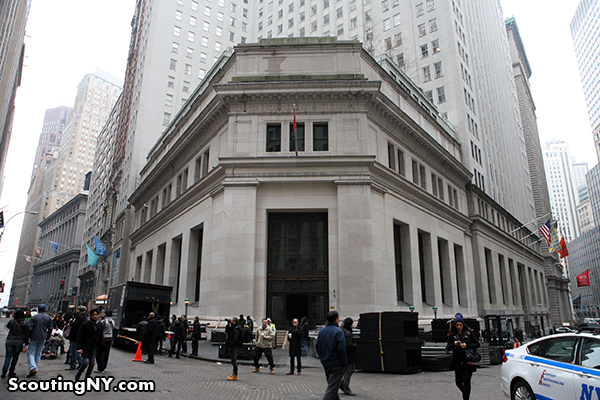

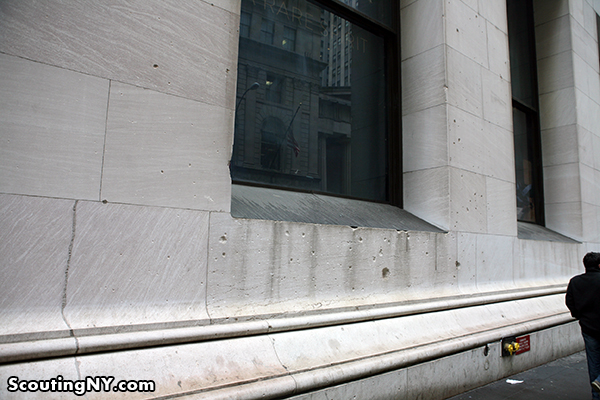
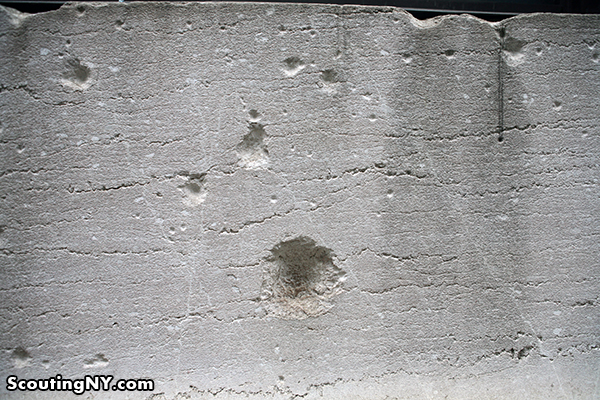


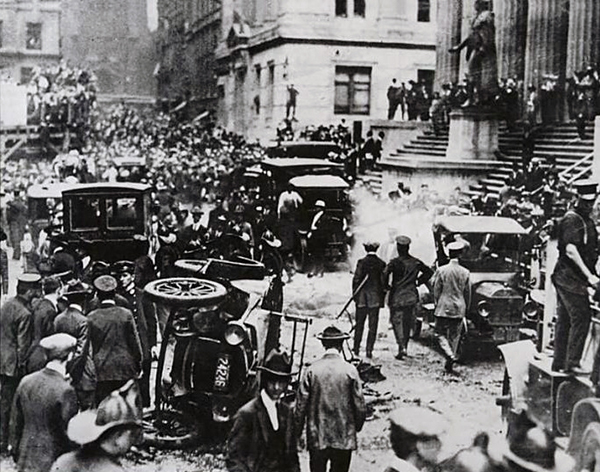




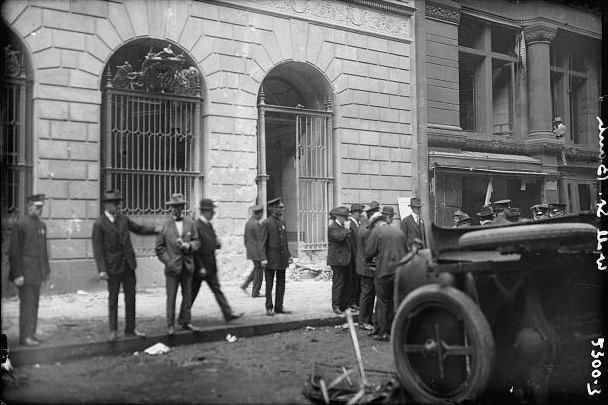

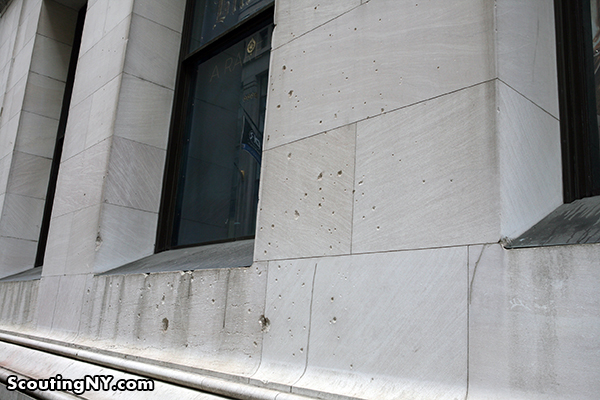
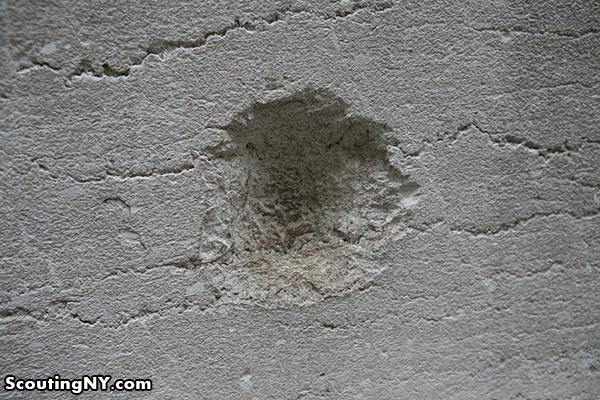



There’s a good indie flick about the events leading up to this bombing on Netflix (at least it was until recently) called No God, No Master – http://www.imdb.com/title/tt1485761/?ref_=nm_flmg_act_9
This story of terrorism from long along reminded me of another deadly deed which took place 40 years ago, and just a few blocks south of Wall Street.
On January 24, 1975, Puerto Rican nationalists — members of “Fuerzas Armadas de Liberación Nacional Puertorriqueña” (FALN) — set off a bomb just outside the landmark Fraunces Tavern. The explosion ultimately claimed the lives of four people and injured another 50.
I worked in the area at the time, and it took a while to process this type of horror, just blocks away. Unfortunately, four decades has seen much more horrific scenes visited upon the area, and beyond.
Here are a couple of relevant links:
http://tinyurl.com/7nt9kza
http://tinyurl.com/qdvlusy
The Wall St. bombing and the Great Molasses Flood in Boston are two of my favorite obscure city facts out there. Surprisingly, I have not yet been to see the scars in person though.
Lifetime NY – the author said, “It would be the deadliest terrorist attack in the United States until the Oklahoma City bombing in 1995.” The statement has to do with the incident and how it relates to following terrorist attacks in the United States as a whole, not just New York.
(I deleted his comment – couldn’t tell if he was trolling or just an idiot).
Investigators never found any traces of the wagon or the horse. Both apparently disintegrated in the blast.